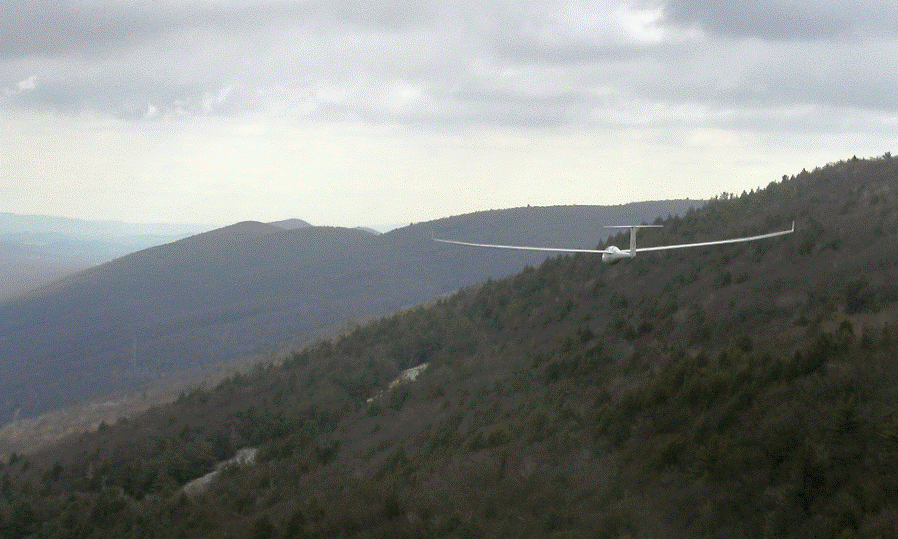
Bald Eagle Mountain is the western-most ridge in the Ridge and Valley physiographic province, part of a ridge system that continues to the southwest with Brush Mountain, then Canoe Mountain, Lock Mountain, Dunning Mountain, Evitts Mountain, and Wills Mountain in Pennsylvania, continuing down through the Appalachians as far as northern Georgia. Historical part-time hawk counts on Bald Eagle Mountain indicate its promise as a raptor migration pathway, particularly for golden eagles and red-tailed hawks. Based upon those historical counts, Bald Eagle Mountain was named a Pennsylvania Important Bird Area, but we don’t really know the full extent of its value to raptor migration.
High counts of these species in the fall at the Franklin Mountain (NY) hawk watch on northwest winds are often followed by high counts of these species several days later at Allegheny Front hawkwatch near Central City if the wind turns to be out of the east or southeast. We think that many of these birds are using Bald Eagle Mountain or the Allegheny Front to get there. Further, we suspect that the Allegheny Front hawkwatch tallies only a fraction of the migrant raptors that may use this migration pathway, because that site is highly dependent upon E/SE winds.
To assess the raptor migration on Bald Eagle Mountain, the project will conduct a single full-season fall hawkwatch from September through December 2019. To assist with full-time coverage, Juniata Valley Audubon has formed a partnership with the State College Bird Club and Shaver’s Creek Environmental Center to support a paid full-time hawk counter. We anticipate that this project will document the considerable importance of Bald Eagle Mountain as a raptor migration pathway.
You can help support this effort by signing up to participate in our Earth Week Birding Classic, which will be held from April 21 to 28, 2019. Registration is free. The goal is for teams in seven different categories to count as many species of birds as possible over a 24-hour period any time during the week beginning on April 21 at 12 noon and ending at 12 noon on April 28. This non-profit event is co-sponsored by the Environmental Studies program at Penn State Altoona and Juniata Valley Audubon Society. Pledges that team members garner this year will support the Bald Eagle Mountain Fall Hawkwatch project. Teams of three or more (two or more for Senior citizens) will count birds in Blair and surrounding counties, and prizes will be awarded during the closing ceremony at the Slep Center on the Penn State Altoona campus immediately following the event at 1 pm. Registration deadline is April 14. To register and for more information, please contact Catie Farr at [email protected].
